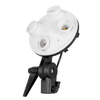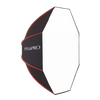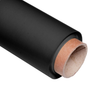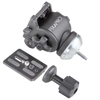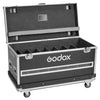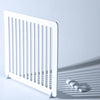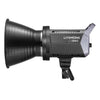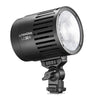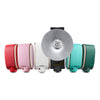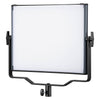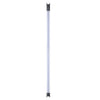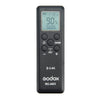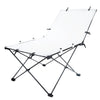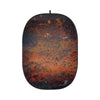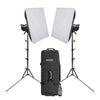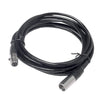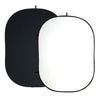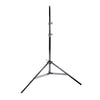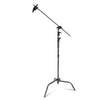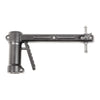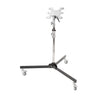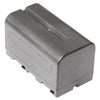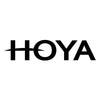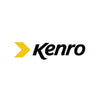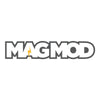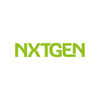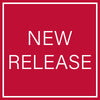Capture and Captivate: The Real Estate Photography Guide
Real estate photography is a niche discipline, and the market is very competitive. However, because it is so sought after, and the purpose is to capture sellable and tempting photos, photographers need to keep up-to-date with their photography skills and equipment.
There is a difference between owning a high-end gadget and knowing the right accessories that work with it, which lies in the knowledge of tricks and products being used in the industry. Homeowners and Estate agents are looking for professional results that make their property look welcoming, airy, bright, and worth the price.
This article will incorporate all the necessary information to make your next real estate photoshoot a massive success. We will discuss in detail the equipment you need:
Flash and Strobes
Homes are not particularly well-lit, and working with low lighting will not do justice to your efforts. This is why strobes or flashes are essential for real estate photography. You can choose either monolight or a flashgun, depending on your budget.
While more expensive, monolights are brighter and will give a crisp and more clear output. Here are a few flash lighting setups that we highly recommend:
i. The CITI100 PRO with Round Head Accessory Kit has a wide-angle diffuser ideal for illuminating backgrounds.
ii. The GIO1 round head is a portable, battery-powered strobe flash speedlite.
iii. A kit that makes use of a TTL moonlight and a high-speed stroboscopic flash is the All-in-1 CITI400 PRO with Umbrella Softbox & Retractable Stand Kit
iv. The PIKA200PRO tailored kit is also available to suit most interior and real estate photography needs
 |
 |
 |
 |
Light Modifiers
While you need flash or strobes to account for low-lighting, it might seem too exposed with excessive light and brightness if aimed directly towards the room. The trick is to bounce the flash of the walls or the ceiling.
But, this is not always possible. To balance this, you need to use light modifiers or diffusers. For example, you can use a beauty dish that has a built-in diffuser to soften the light. These photography dishes or umbrellas are the simplest yet most effective light modifiers that can be easily transported.
Here are some umbrellas that we recommend and you can use to spread the light. This way, you can have off-camera lighting while reducing harsh shadows.
i. The 100cm (39.3") Collapsible Portable White Beauty Dish S-Type
ii. The 130cm (51") Parabolic Black/White Umbrella with Removeable Diffusion
iii. The 40" Translucent White Umbrella
iv. The 40" Black/Silver Umbrella
v. Diffuser balls are also commonly used in interior photography as it spread the light in all direction, mimic an light bulb effect (in a brighter way)
vi. You can also get a Foldable Diffuser Panel if you work with reflective surfaces or want to photograph a particularly bright spot while doing real estate photography. It works like a softbox, but it simply softens the light gradation instead of spreading out the light.
 |
 |
 |
 |
 |
 |
Constant Lights
You might be tempted to use natural light, but many apartments do not have the right sort of windows or layout lit up by natural light alone. Be it fluorescent lamps, typical bulbs, or desk lamps, the light inside a room would be uneven and create unnecessary shadows.
We recommend you decide early on which lights to keep on and which to off but not relying on any of them. Instead, you must use studio lights to illuminate each corner of the room and make sure the colour temperature is consistent throughout the shoot.
Some independent studio lights and kits that you need are:
i. The LED100B MKIII Bi-Colour LED Studio Light Twin Kit
ii. The LED100B MKIII Bi-Colour LED Studio Light
iii. The LED100D MKII Daylight Balanced LED Studio Light
iv. The LED100D MKIII Daylight Balanced LED Studio Light Three Head Kit
 |
 |
 |
 |
Light Stands
To support your flash units, regardless of the weight and size, you should have a sturdy C-stand that can hold your moonlight in place.
Here is a robust, heavy-duty 161 cm C-stand that we vouch for. Other products that we recommend are:
i. The 240cm Air Cushioned Studio Light Stand
ii. the 300cm Professional Heavy Duty C-Stand
iii. The 300cm C-Stand with 50 Inch Boom Arm Set and Adjustable Legs
 |
 |
 |
Additional Tools
The basic tools for any photographer are the camera, lens, and subject. They can choose to work with daylight or the built-in flash. What sets professionals apart is the use of tools and equipment to control the lighting conditions and locations or angles.
Since the subject in real estate photography is a large room, we have to be very particular about the setup.
In addition to the equipment we discussed above, you most certainly require a tripod, and if possible remote triggers for your camera and flash triggers for your flashes. Again, this is to minimize the instability or blurriness resulting from moving your camera.
Another useful tool that will reduce your efforts moving around the room is remote light control. If you use the LED100D series of lights, this 2.4GHz Wireless Radio Remote is ideal for controlling single or multiple units of LED lights in your setup.
Real estate photography is a lucrative source of income, but you need to be prepared and methodical. By selecting the right tools to control lighting and colour from the beginning, you can easily satisfy your clients. More tailored kit and modifier available in this https://www.essentialphoto.co.uk/category/shop-by-industry/architecture-and-interiors/
To learn more about the latest products in the industry and how they can help you as a photographer, please visit our website at https://www.essentialphoto.co.uk/.



